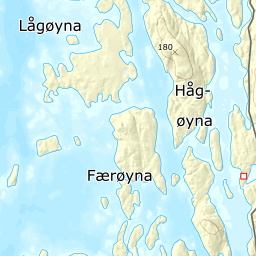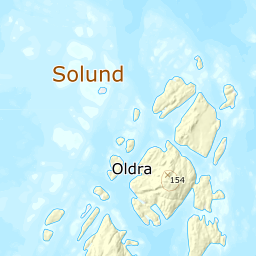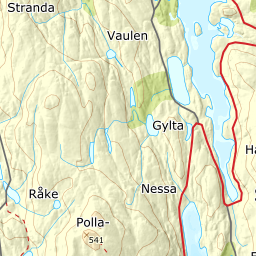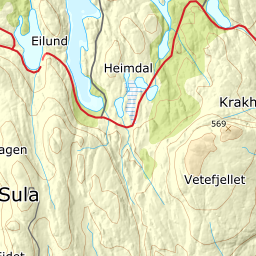Utegangssauen lett på foten
Sauehaldet var utbreidd og rekna som nyttig næringstilskot i det mangfaldige varespekteret på småbruket hos øybuen. Solund hadde rikeleg med øyar og holmar for utegangssauen, som særleg sommarsdagen fekk vere for seg sjølv på heller avgrensa beiteområde. Verre vart det å få tak i dei når dei skulle flyttast eller hentast heim. Mange hadde spake sauer då og, men gjennomgåande var utgangssmalen temmeleg lettbeint og fartsglad. Kring på holmane var beite berre for få dyr, og dei kunne oftast rekjast langs eit bergsnag, eller, som dei med glimt i auga gjorde ved Gåsvær, fange dei med restar av laksenota.
Kvia og Rekjet vanlege stadnamn
På dei større øyane var frå gammalt mura opp sauekve, eller kviar som dei sa. Desse vart vedlikehaldne og utbetra i takt med nytteverdi og interesse. Ved å mure opp steingardar som leia inn til sjølve kvea, eit såkalla rekje, sparte dei nokre ungar til møting. Låg berghammaren på ei side og sjøen på hi, var situasjonen under kontroll. Når sauene nådde kvea, var dei fleste desillusjonerte og likegyldige. Lamma derimot gav ikkje øyrens lyd før kontakten var gjenoppretta. Spenstige gjeldbeist prøvde grensene med klatring og bratte byks. Plasserte seg høgast råd. Sette på hole havet om dei augna fridommen.
På papirsekk og presenning
Storleiken på sauekvea samsvara til ei viss grad med mengda på dyr. Der fleire gardar sanka saman, måtte både innhegninga og plassen rundt vere bra romsleg. Her på bakken skulle kvinner og menn sitje på papirsekk eller presenning med sauesaksene i drift. Her måtte vere plass til ullasekkene, minst ein til kvart familiemedlem. Så skulle bjølleklavar bendslast eller skiftast ut om nødvendig. Den sauen som var ivrigast i fasteskårane, skulle i allfall misse bjølla. Vakre smålam skulle klyppast i øyra, same kor mykje borna klappa dei, gret og bad. Meir løynt føregjekk det om vêrlamma skulle opererast.
Uheldig med våt ull
Ulukka var om det begynte å regne. Å tørke ulla, var ein tidkrevjande prosess, jamvel i solskin. Heldt regnet stand, kunne ull over båtstamnar og hesjestaurar blokkere både naust og løhus i vekevis. Lukkelegare var dei som åtte svære hellerar der kvea låg innafor dråpefallet. Nokre bygde tak over steinmurane så iallfall sauene stod tørt medan dei venta på tørn. Opphaldet på sekken, med brun silkesokk fast knytt om tre av føtene, stod ikkje på så mange minuttar. Tenåringar under opplæring gjorde klokast i å velje tolmodige dyr, helst slike som byrja sleppe ulla, var godt unnagådde som dei sa.
Kvear dels ute av bruk
Ruinga føregjekk framfor slåtten, men sauekvea vart nytta oftare enn det. På seinsommaren laut lamma skiljast frå, nærmare jul måtte slaktesmalen takke for seg. Skulle så eit par kalvar ha vorte for skjerre og måtte fornye nærkontakten med gardsfolket, var kvea god å ty til.
Etterkvart gjekk folk over til innefødde sauer. Dei var spake og kunne lokkast som hundar. Klyppinga kom på anna årstid. Då vart mange av sauekvea ståande ubrukte. Men om ein stein rullar ned, om vier og buskas tøyer seg frå kvegolvet, ligg kanskje ein rusta bjølleklave inni muren og hjelper oss med minnet.












